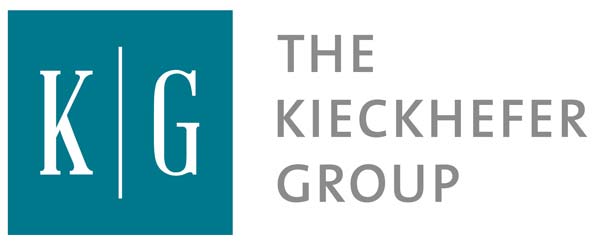10 steps to pick a target-date fund - USA TODAY
Submitted by The Kieckhefer Group on December 21st, 2022Robert Kieckhefer, a managing partner with the Kieckhefer Group in Mequon, Wis., suggested in a recent article in a trade publication that employers consider ...
https://www.usatoday.com/story
(presented here for your perusal...)
By Robert Powell - Special for USA TODAY
Key Points
Target-date funds anticipate the approximate date of your retirement
Many people own these funds inside their 401(k)'s
Here's advice if you want to add them to your IRA
Many investors own target-date funds inside their employer-sponsored retirement plans. But what if you wanted to buy a target-date fund (TDF) in your IRA or some other account earmarked for retirement? How would you choose from among the more than 50 firms offering TDFs to use for your retirement?
Robert Kieckhefer, a managing partner with the Kieckhefer Group in Brookfield, Wis., suggested in a recent article in a trade publication that employers consider using a 10-step process to analyze and pick TDFs for their employees.
Good news: You can use the very same steps for yourself. FYI: The "target date" of a TDF is your anticipated date of retirement and the approximate date when you plan to start withdrawing your money.
First, Kieckhefer recommends eliminating from your search any TDFs that don't have three or five years of documented performance, or the minimum indicated — if you have one — in your investment policy statement (IPS). "This simple screen will eliminate a number of the TDFs offered," he wrote.
Two, consider using only "through-retirement" TDFs, instead of "to-retirement" TDFs, Kieckhefer wrote. The distinction might be lost on most investors, but some experts say having a TDF that is designed to be used over the course of your retirement is better than one that "matures" in the year of your anticipated retirement.
The basic premise behind TDFs is that they gradually reduce the percentage invested in stocks over time. This is called the glide path. To-retirement TDFs tend to stop adjusting the percentage invested in stocks in the year associated with the TDF, while "through-retirement TDFs keep adjusting the percentage invested in stocks over the course of your retirement.
Of note, a recent analysis of TDF glide paths by Morningstar showed that most TDFs should sufficiently support retiree spending to age 85. After age 85, however, those TDFs with glide paths with less exposure to stocks carry increased risk that retirees will outlive their savings. Read Morningstar'sTarget-Date Series Research Paper.
Three, many fund firms offer multiple variations of their TDFs. Kieckhefer's advice: Eliminate provider duplication of TDFs.
*This content is developed from sources believed to be providing accurate information. The information provided is not written or intended as tax or legal advice and may not be relied on for purposes of avoiding any Federal tax penalties. Individuals are encouraged to seek advice from their own tax or legal counsel. Individuals involved in the estate planning process should work with an estate planning team, including their own personal legal or tax counsel. Neither the information presented nor any opinion expressed constitutes a representation by us of a specific investment or the purchase or sale of any securities. Asset allocation and diversification do not ensure a profit or protect against loss in declining markets. This material was developed and produced by USA Today Website to provide information on a topic that may be of interest. Copyright 2014 USA Today Website.


